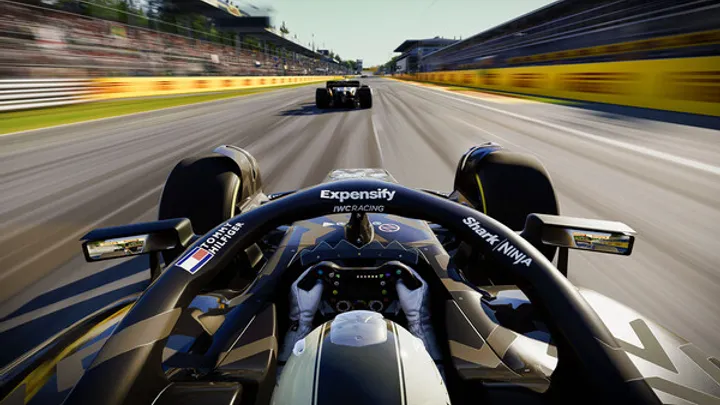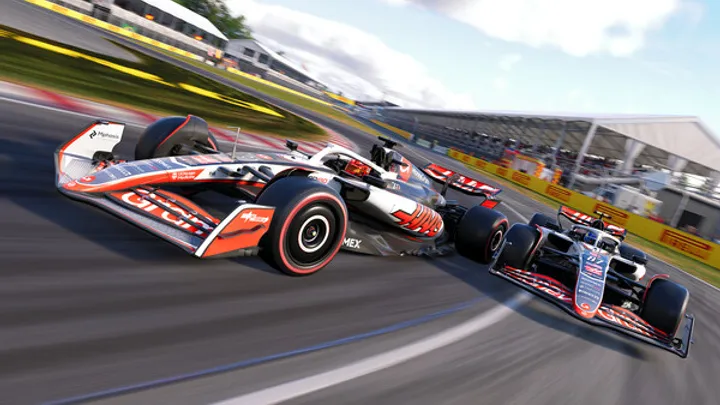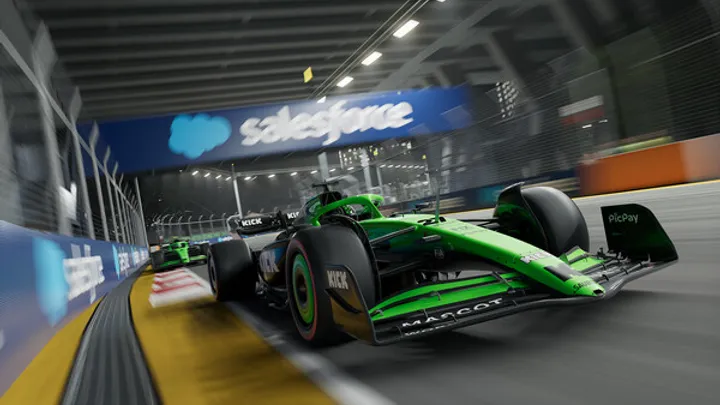Introduction
By the time players push past the beginner stages of Plants vs Brainrot, they realize that chaos is the core design philosophy of the game. Brainrots don’t just test your ability to set up defenses; they actively punish predictability and reward improvisation. Surviving early waves is one thing, but excelling in advanced stages requires deep knowledge of synergy, environmental control, and counter-mutation tactics.
This guide dives into advanced strategies that separate casual survivors from true masters. Whether you’re aiming to reach the highest wave possible, dominate in multiplayer, or unlock secret plants, this comprehensive breakdown will sharpen your skills.
1. Perfecting Resource Economy Management

A strong economy underpins every successful defense.
- Balanced Economy Setup: Instead of overinvesting in sunlight collectors, stagger their placement. This creates resource flow without leaving lanes unprotected.
- Mutagen Prioritization: In later levels, mutagen fragments are more valuable than sunlight. Use them for hybrid plants with unique resistances.
- Sacrificial Farming: Sometimes, dedicating one lane as a “farm lane” for collectors and disposable defenses can snowball resources for the rest of the map.
An advanced player understands that resources aren’t just for planting—they’re for setting up long-term survival.
2. Maximizing Plant Synergies
Plants vs Brainrot rewards players who think in terms of systems rather than single plants.
- Offense-Defense Hybrids: Place slow fungi in front of high-damage spores so attackers remain trapped within heavy fire.
- Aura Boosting: Certain glow plants amplify others’ attack speed when aligned diagonally. Use geometric placement, not just lanes.
- Chain Reactions: Combining explosive spores with knockback vines can create devastating chain combos across multiple lanes.
The deeper you explore plant synergies, the more flexible your defense becomes against unpredictable mutations.
3. Handling Late-Game Brainrot Mutations
As waves climb, Brainrots mutate in frightening ways.
- Phase Shifters: These enemies teleport past defenses. Counters include retroactive traps like spore mines placed behind your frontline.
- Reflectors: Some Brainrots reflect projectiles back at plants. Solutions involve melee plants or persistent damage like acid fungi.
- Mind Melters: These creatures reduce your sanity meter, causing hallucinations that obscure lane threats. Only resistance plants or aura cleansers can mitigate the effect.
The golden rule: never rely on a single strategy. Every wave demands adaptation.
4. Strategic Layered Defense
Advanced defense setups go beyond simply planting rows.
- Triple Line Method: Establish three separate defensive layers—barriers, synergy plants, and high-damage finishers.
- Rotating Walls: Use disposable barrier plants in cycles to absorb Brainrot rushes, replacing them just before collapse.
- Adaptive Rearguard: Always maintain a final layer of emergency traps near your base. This acts as your insurance policy against late-wave surprises.
Layered defense reduces the chance of total collapse when Brainrots break through.
5. Exploiting Environmental Hazards

Brainrots aren’t the only threat—the environment itself can be weaponized.
- Corruption Zones: Instead of avoiding them, lure Brainrots into zones with plants immune to corruption damage.
- Weather Synergy: During acid rain, pair corrosion-resistant plants with high-damage ones that thrive in wet conditions.
- Map Manipulation: Some maps allow shifting tiles. Use these to reposition entire defenses mid-wave for tactical advantage.
Mastering the battlefield environment turns hazards into hidden assets.
6. Optimizing Plant Upgrades
Basic upgrades aren’t enough for late-game.
- DNA Path Specialization: Choose upgrades that complement your playstyle—offense-heavy players lean into explosive fusions, while defense-heavy ones invest in barrier DNA.
- Hybrid Fusions: Fuse defensive plants with ranged types to create hybrids that slow enemies while dealing damage.
- Mutant Immunities: Prioritize upgrades that counter the most common Brainrot mutations you’re currently facing.
Advanced players don’t upgrade everything—they upgrade with purpose.
7. Advanced Multiplayer Tactics
Co-op mode in Plants vs Brainrot isn’t just about splitting duties—it’s about synchronization.
- Role Assignment: Designate one player as the “Economist” (farming resources) and another as the “Strategist” (placing advanced defenses).
- Cross-Lane Support: In multiplayer, you can share aura effects across lanes. Position synergistic plants near lane borders for maximum coverage.
- Rescue Protocols: Establish pre-planned emergency responses when one player’s lane collapses. Quick redeployment saves runs.
True mastery of multiplayer lies in coordination, not individual strength.
8. Psychological Warfare Against Chaos
Brainrots don’t just attack your plants—they attack your focus.
- Sanity Management: Keep your sanity meter in the safe zone by planting aura-cleansing flora at regular intervals.
- Noise Control: Some Brainrots create distracting sound cues. Experienced players learn to distinguish real threats from fake signals.
- Calm Adaptation: The most successful players never panic. They pause, evaluate, and adapt even in total chaos.
Winning late-game runs is as much mental as it is mechanical.
9. Unlocking Secret Plants and Hidden Tools
Advanced players gain access to secret content that changes the meta.
- Nightshade Bloom: Only unlocked during Blood Moon waves, it provides unmatched area control.
- Crystal Spore Launcher: Found in hidden maps, this plant pierces armored Brainrots with ease.
- Mindroot: A rare hybrid that regenerates sanity while buffing allies.
These hidden unlocks can make the difference between survival and overwhelming defeat.
10. Preparing for Endless Mode

Endless Mode is the ultimate test of advanced strategy.
- Rotating Builds: Change your plant lineup every few waves to prevent Brainrots from adapting.
- Resource Stash Strategy: Save mutagens instead of spending them all early. Late-game hybrids cost significantly more.
- Predictive Adaptation: Study Brainrot spawn patterns in earlier waves to anticipate future mutations.
Surviving in Endless Mode requires foresight, discipline, and constant improvisation.
Conclusion
Mastering Plants vs Brainrot goes beyond simple defense. It’s about creating fluid strategies, balancing risk and reward, and adapting to an ever-shifting battlefield. With advanced economy management, layered defenses, synergy optimization, and a steady mindset, players can thrive even in the chaos of late-game and Endless Mode.
The Brainrots are unpredictable, but that unpredictability is exactly what makes victory so satisfying. Each win is proof of not only mechanical skill but also mental resilience.

















